Post Date
January,
16
2018
I have only been on the trails in the snow one time. It was bitterly cold, and the snow was hard packed and icy. Will the same driving rules work on the trails that do on the road?
Here's what I know. I would love to hear your snow wheeling advice.
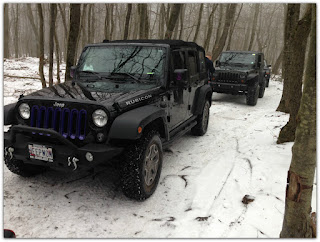 First, like anytime you wheel make sure you have your recovery gear, but an additional item that will come in handy is a shovel. It can help dig out the snow around your tires, axles and frame when you are pushing the snow not getting anywhere. You will want to dress appropriately, and always be prepared.
First, like anytime you wheel make sure you have your recovery gear, but an additional item that will come in handy is a shovel. It can help dig out the snow around your tires, axles and frame when you are pushing the snow not getting anywhere. You will want to dress appropriately, and always be prepared.One of the most important techniques in snow wheeling is being able to “read” the snow. This takes practice. There are so many different types of snow. Soft, wet snow in the sun is quite different than hard, cold snow that is found in the shadows of trees.
 Understanding and anticipating these different consistencies is important. Wet, heavy snow is often the easiest to get on top of, while dry snow can be more difficult. If you have to go back the way you came, wheeling back over your tracks could be a totally different experience.
Understanding and anticipating these different consistencies is important. Wet, heavy snow is often the easiest to get on top of, while dry snow can be more difficult. If you have to go back the way you came, wheeling back over your tracks could be a totally different experience.Don’t Spin- When you feel resistance in the snow, your natural reaction may be to power forward. Often times this just results in digging holes. If you spin too much, your tires can melt the top layer of snow. When this water re-freezes, it turns into ice and can literally halt you in your tracks.
 Instead, ease off the throttle. If necessary, back up about a foot before trying to continue forward. Try different lines to the right or left of where you got stuck in order to find a way around the problem spot.
Instead, ease off the throttle. If necessary, back up about a foot before trying to continue forward. Try different lines to the right or left of where you got stuck in order to find a way around the problem spot.Make certain that your radiator does not become clogged with snow, which can limit air flow through the radiator and the engine bay.
Locking Differentials are a benefit on any terrain, but
none more so than snow. When you get to the deep snow, the lockers can be engaged and keep both wheels turning at the same speed. This will aid in keeping the tires from spinning. In my Rubicon I push my axle lock button to engage my front and rears. This will only work when I am in 4 low, and traveling 10 mph or less. Generally you don't want to be using your lockers when you need to make turns as both the wheels will be spinning at the same speed.
Please share with me your wheeling in the snow advice!
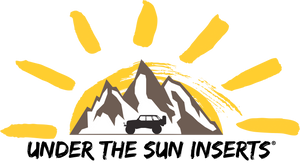

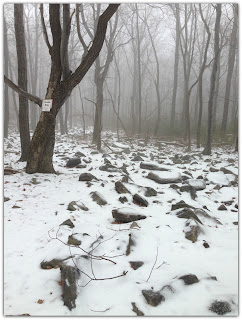



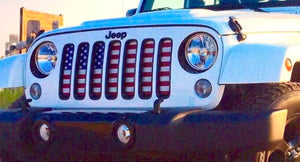
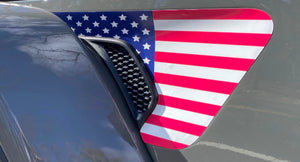

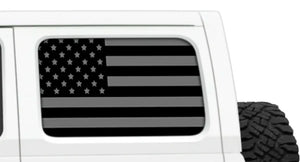
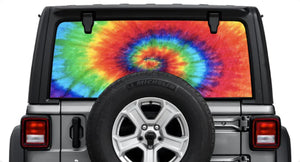
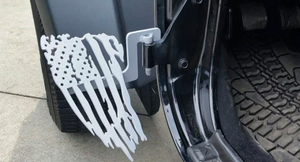
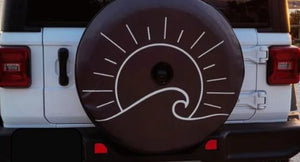
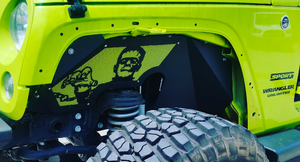
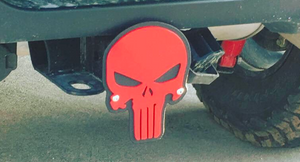
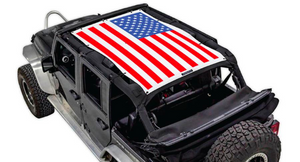
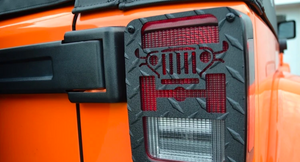
Leave a comment